Lots of folks ask me what my favourite herbs are? In truth, I love them all but there are some that I reach for in nearly every situation – healers that each help in a wide range of circumstances.
Many of my favorites are ‘amphoterics’ herbs that work in several ways that can, if you’ve not done your research, be complimentary. You’ll read later that Sage is one of my all time faves, it is a great example of an amphoteric herb. Sage has an affinity for fluids and used one way, can increase fluid production, used differently, it can reduce it. It’s all to do with how it’s taken.
Some herbs, such as Lavender work so well and with such a wide range of effects, that you can try them for almost anything and see some results. All of the herbs that I’ll write about are easy to grow and quite common either in your garden or in your neighbourhood. If you’ve been visiting our website for a while, you’ll know that that’s my thing, none of these exotic, endangered species for me! I’m probably in the same situation as you – they’re too expensive! Plus, if there are ‘supply chain disruptions’ I probably wouldn’t be able to get them.
That’s one of the reasons I lavish so much attention on this site – to share knowledge of local plants and herbs that anyone can use. Most of them are pretty global in their distribution now, they’re common garden plants or even what is known to the uninitiated as ‘weeds’.
As you may have guessed already, you will know all of these plants, either by sight or by reputation. Here are my favourites, in no particular order.
So, let’s take a look at the plants I use all of the time, starting with two that I’m sure you’ll all know –
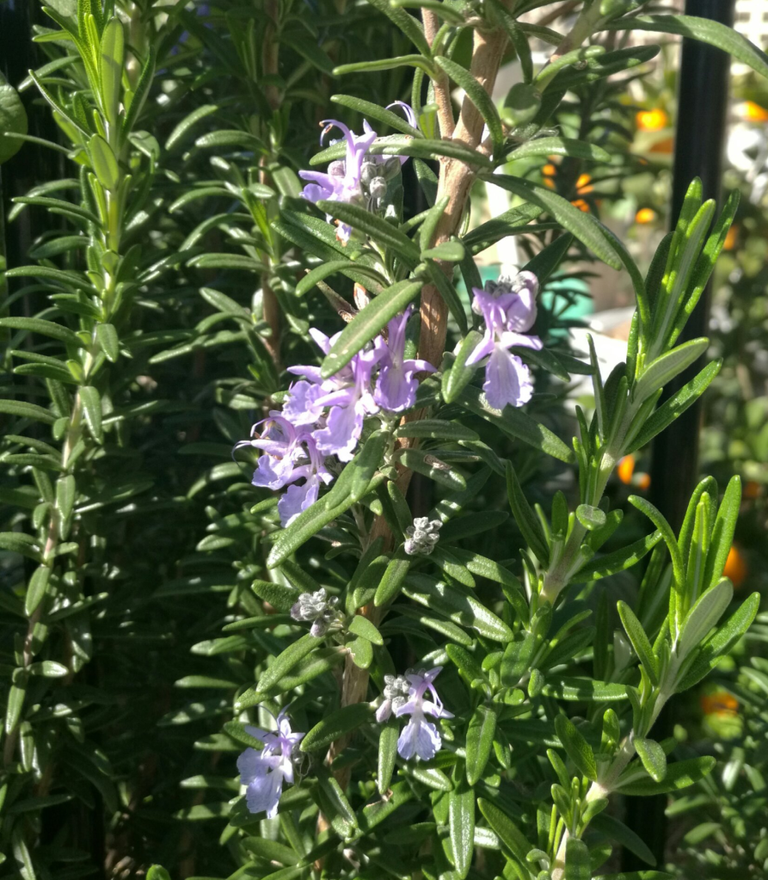
Rosemary (Salvia rosmarinus) and Lavender (Lavandula species)
I always think of Rosemary and Lavender together. To me, they work on a continuum where one is slightly more effective than the other, depending on which way you go. They are closely related too, so that helps when thinking about them as a potential remedy. Rosemary lifts energy and blood upwards, leading to an increase in mood and energy. This points to why it is often listed as being ‘good for’ a wide range of ailments. Many ailments of them just need a little increase in blood flow to the selected tissues that are under stress. Rosemary is an herb that can be used for headaches, anxiety, inflammation and such. Rosemary does this by stimulating the smooth muscles that line our viscera and arteries.The increased blood flow to the head helps us improve our memory and relieve some headaches.
Rosemary calms the sympathetic nervous system, freeing up energy that is used by being in the fight or flight response to triggers..
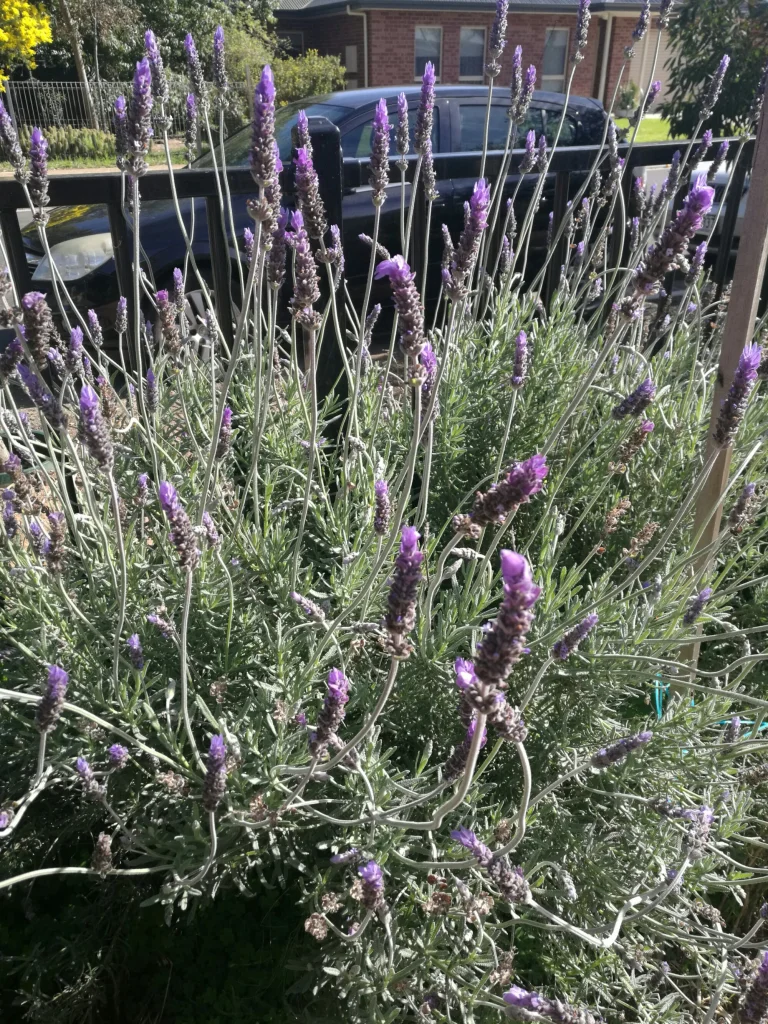
As it’s cousin Rosemary lifts, Lavender lowers. I think of the two as partners. When you have a sluggish head and associated headache, Rosemary will lift energy to our poor brain. When the headache is caused by overthinking, when our mind doesn’t stop working, Lavender can bring down that energy. You’ll see both of them listed as herbs that are appropriate for headaches but they are beneficial for different kinds of headaches.
Sage (Salvia officinalis)
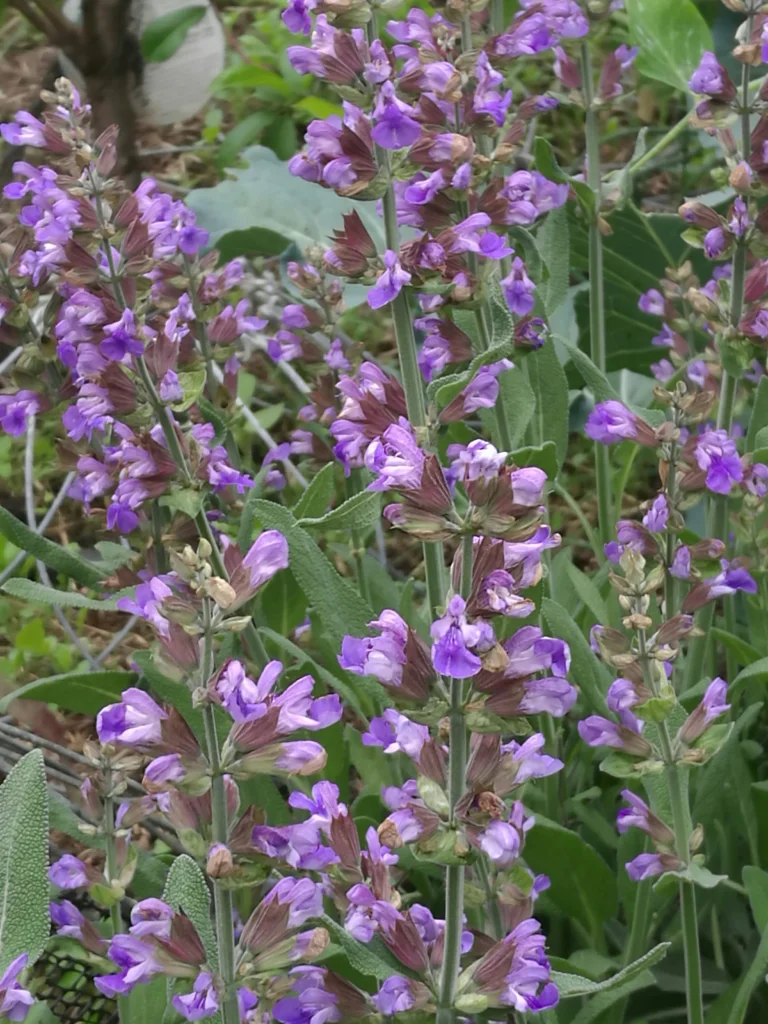
As I mentioned above, Sage has an affinity for fluids. If a tissue is producing too much, it will reduce its output, if it is too dry, Sage will help moisture to come to that area. That’s why it’s the first herb I reach for if someone has a cold. It can help with both the ‘wet’ type colds that have a lot of mucus production and the ‘dry’ type colds with a dry sore throat. Blood, lymph, sweat, milk, urine, all can be balanced using Sage.
Sage is a great anti-microbial too, so it can be used in cases of infections throughout the body.
Yarrow (Achillea millefolium)
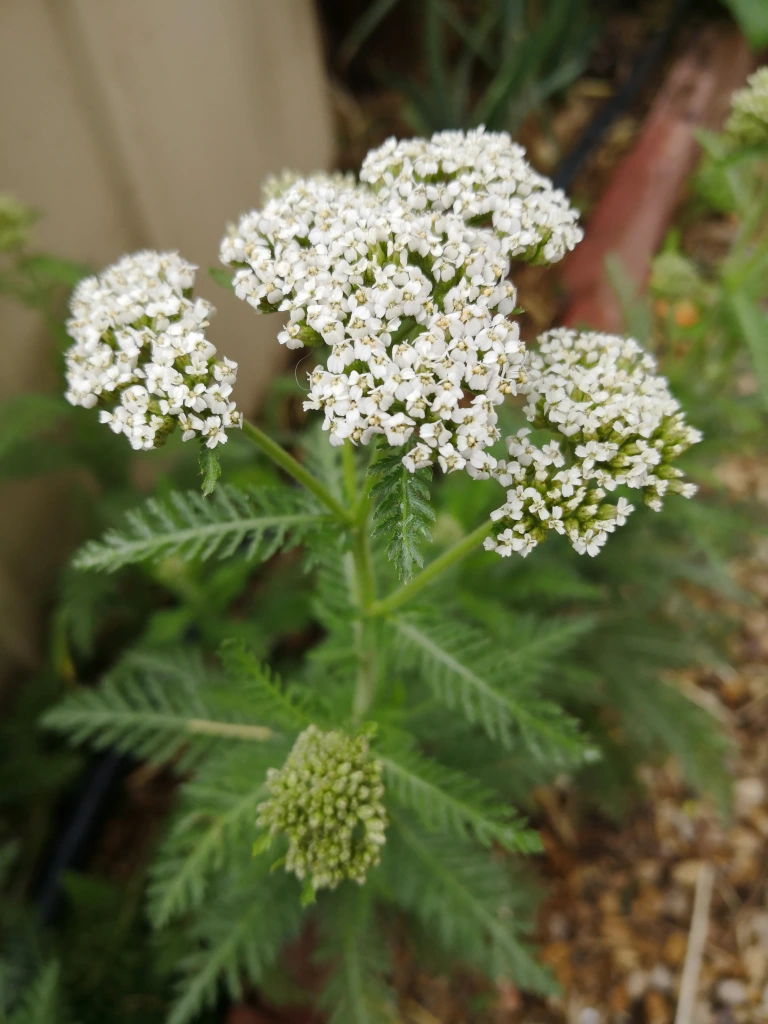
Yarrow is a first aid kit in itself. It can help staunch fresh wounds in which the blood is flowing freely (it shines when the blood is of an arterial nature, that is red and flowing). It also helps to get the blood flowing through veins in areas where the blood has congested, making it useful for bruises and inflammation. Yarrow is also a diaphoretic, meaning that it helps kick up a sweat when one has a cold or fever. Sweating is good for expelling pathogens as well as cleaning the body.
Nettles (Urtica urens)
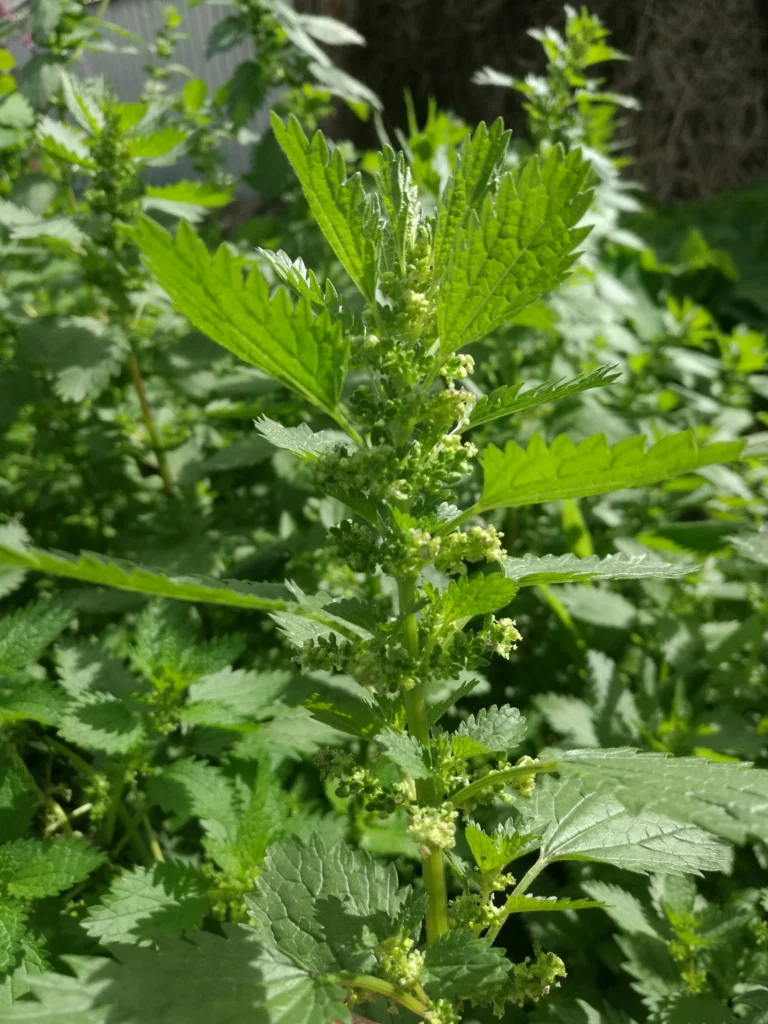
Nettles are a powerhouse of healing. They’re probably the most useful herb that we have easy access to though in SA that access is seasonal). Their nutritional content is surpassed by few, they are chock full of vitamins and minerals, high in protein have an antihistamine component. Nettles also contain soluble fibre that feeds our gut bacteria, those little critters who produce many of the wonderful chemicals on which our body relies, from serotonin for our brain and mood to immune compounds for our defence against invaders.
Nettles also support our kidneys, the seeds are a restorative for kidney cells, improving their function balancing blood chemistry and excreting wastes.
Plantain (Plantago lanceolata)
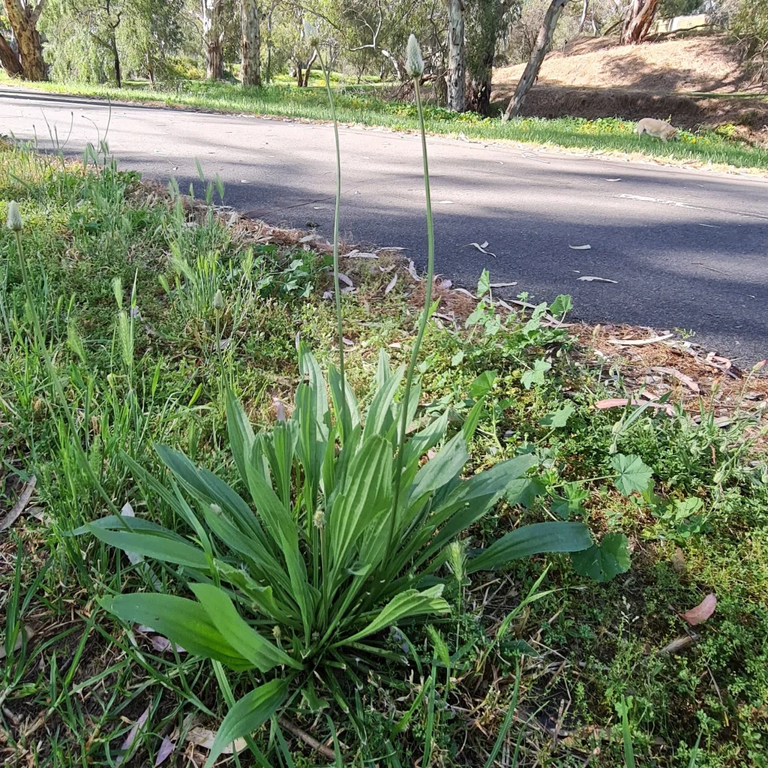
Along with Yarrow, Plantain is a premiere wound healer. It’s high tannin content helps congeal the proteins in our blood and in the damaged wound tissue. It also contains allantoin which stimulated the production of new cells, helping the wound heal faster.
It’s toning ability makes it useful for cases of inflammation, especially in and around fresh wounds.
Plantain also tones mucus membranes that are a bit lax and producing excess mucus, making it great for slowing down the flow from the upper respiratory tract.
Comfrey (Symphytum officinalis)
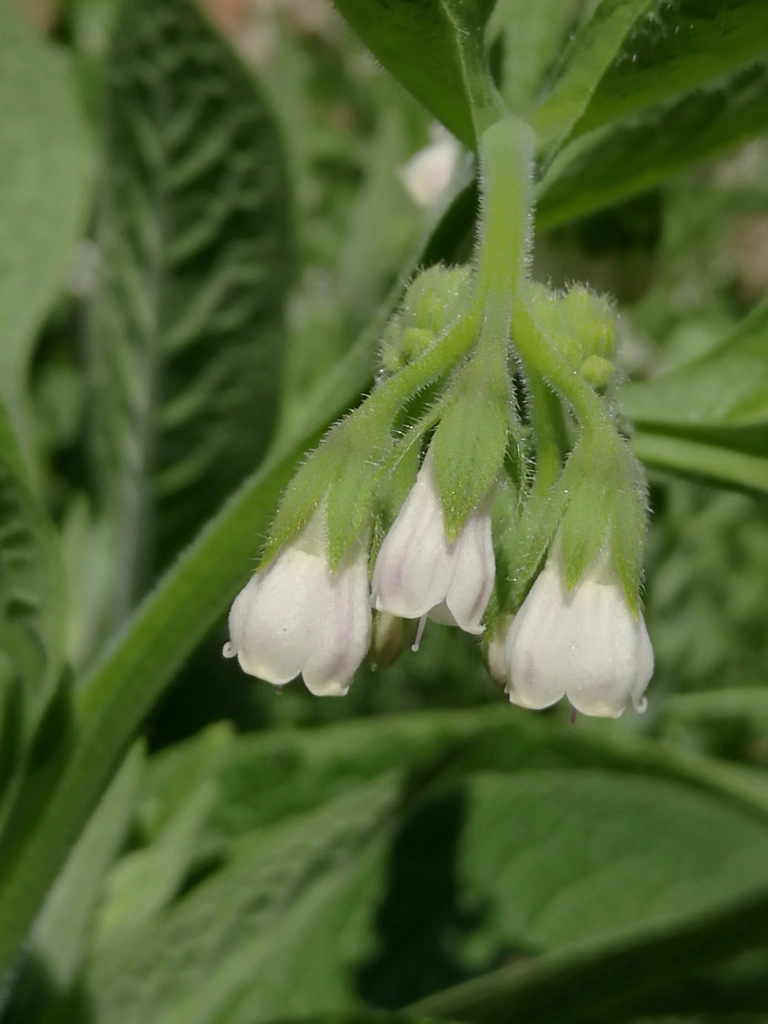
Comfrey is well known for its wound healing abilities, it is s soothing herb that contains a wonderful chemical called alantonin, which is also found in Plantain in lesser amounts.
Allantoin stimulates new cell growth, making it an wonderful herb for cuts. It is so good that it is not recommended for deep cuts because it can heal the top of the cut before the deeper parts heal, trapping potential nasties.
This cell stimulation is one of the reasons why Comfrey has an almost legendary reputation for healing broken bones. One of its traditional names is ‘knitbone’ and this is why.
Comfrey is also mucilaginous, meaning that it is a great soother wherever it is used in the body, from sore throats to constipation.
Calendula (Calendula officinalis)
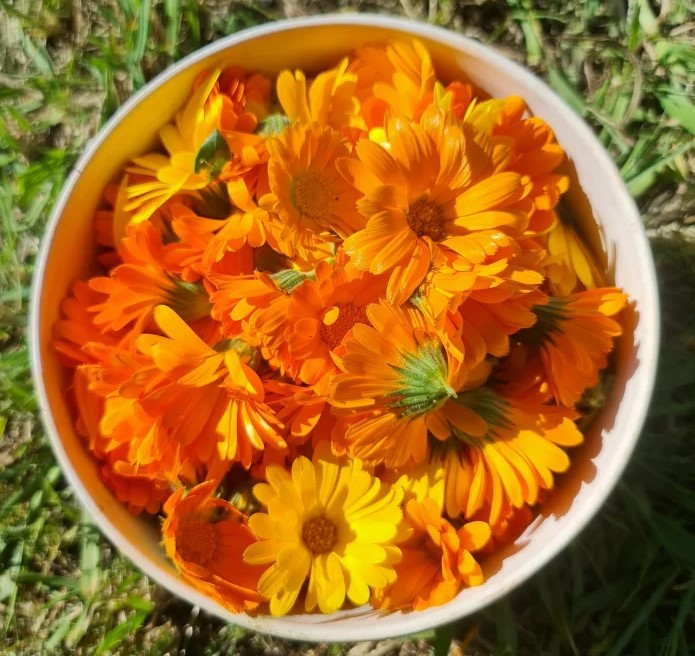
Another great wound healer, Calendula, besides its antimicrobial effect helps heal wounds and inflammation by stimulating the lymph to move away from the site of its application. Our lymphatic system clears away the toxins, wastes and dead cells that occur with an injury, moving them via the portal vein to the liver which then breaks them down, stores what it can make good of and excretes the rest. Calendula also helps stimulate the growth of new capillaries, an important thing after tissue has been damaged whether through accident or surgery.
Lemon Balm (Melissa officinalis)
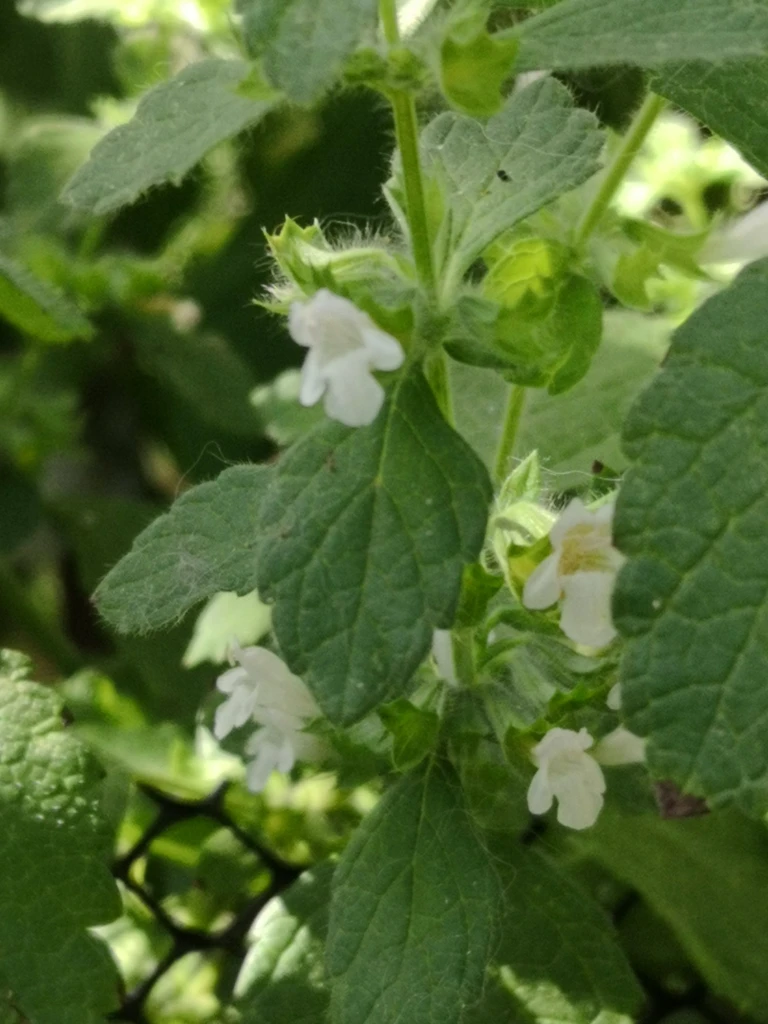
While both Lavender and Rosemary can reduce anxiety, Lemon Balm specialises in it. It isn’t a sedative but has a relaxing effect on our whole nervous system. It is particularly useful in cases of stomach ache caused by nervousness or anxiety. a lot of the time, our body can heal better if we are not locked into a pattern of anxiety that sucks up a lot of our energy. Lemon Balm can help relax that state, letting the body use its resources to defend or repair itself. I think that’s why Lemon Balm is indicated as being ‘good for’ so many things in the herbals. It may not, in every case, have a direct effect on the ailment but it can support the body by allowing it to use its resources better.
Lemon Balm has many direct effects too. The volatile oils that make it smell so great are potent anti-microbials, they are carminative, helping settle queasy stomachs. Lemon Balm has a aste and an energy that is liked by children too, making it one of the herbs to think of to support the body for many children’s ailments such as stomach ache, sleeplessness, and the grumpiness that comes with many childhood complaints.
Prickly Lettuce (Lactuca serriola)
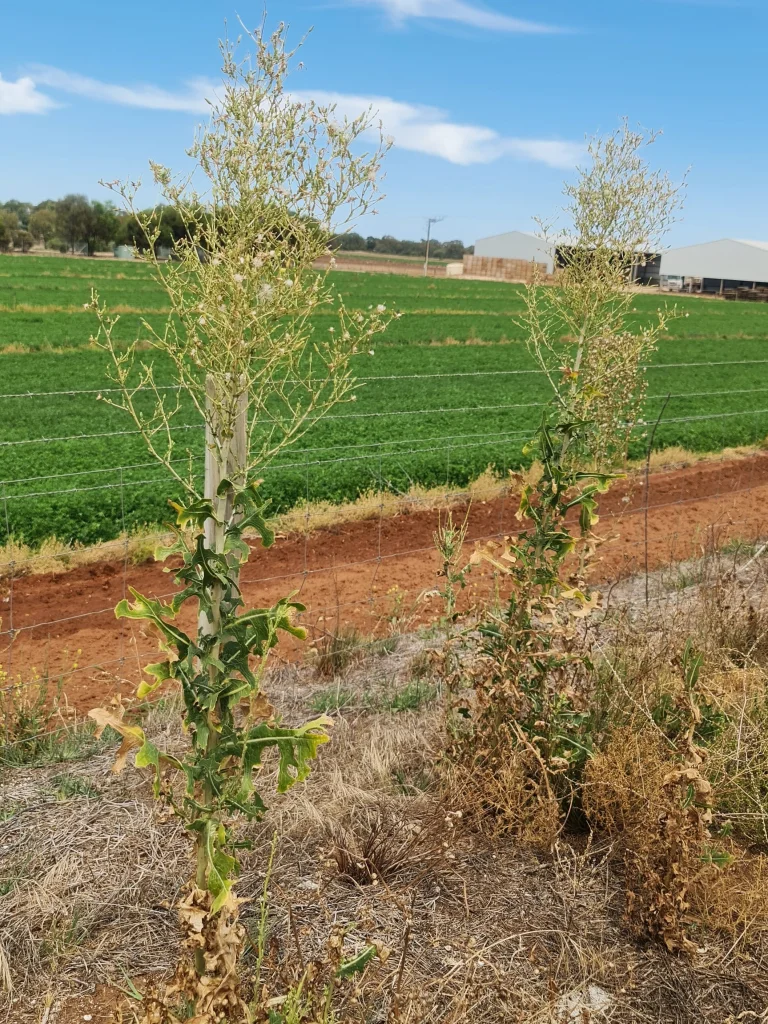
Prickly Lettuce is an incredibly effective pain killer. There are few herbs that act directly on our pain sensors, Wild Lettuce is one. It is so good at relieving pain and relaxing tension in tissues and our system in general that it has earned the nickname ‘Wild Opium’. Wild Lettuce is the core of a mix that I make up for folks who can’t sleep because of chronic pain. It works a treat and you can find the recipe here [link]
Dandelion (Taraxacum officinale)
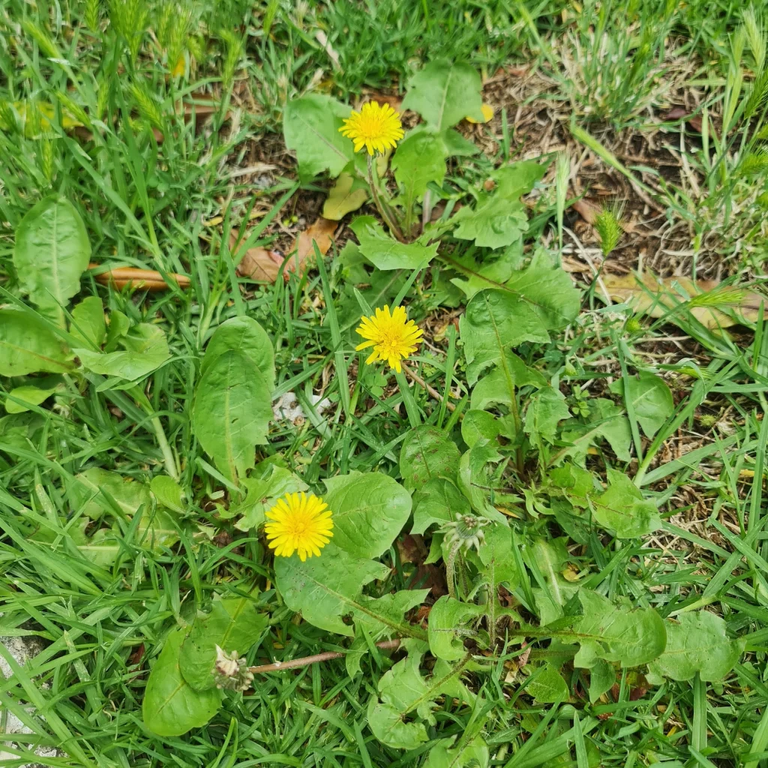
Dandelion makes it into this list because it is a great supporter of three of our organs and systems. The leaves of a Dandelion are supportive of the kidneys, helping them to work more effectively. They are a potent diuretic, causing our body to flush wastes through urine but unlike the diuretics used in chemical medicine, they are full of the Potassium that is lost through urination, replacing it as we go (pun intended).
The root of the Dandelion has a similar effect on the liver as the leaves do on the kidneys. It helps it to function better and improves the production and excretion of bile by the gallbladder which helps metabolise fats and oils. Stimulating the liver produces body heat, keeping other systems functioning and energy to make us more ‘alive’.
The third organ that Dandelions support is the heart. By eliminating fluid build up, it helps the heart, especially when it is already affected by other conditions. The potassium in Dandelion leaves also is also crucial for proper muscle functioning.
An herbal first aid kit
I think that about cover it. – these are the plants that first come to mind when someone close to me has an illness of some kind. You can see that, beyond the immediate physical injuries, herbs can help with deeper, emotional troubles such as anxiety. Relieving anxiety and promoting good sleep are keys to any kind of healing. Check out our website to learn about the plants in more depth. The pages are constantly being updated as I learn and experience more of the healing power of these plants, so check back occasionally.
Are there more?
Of course! That’s my list of common, go to herbs, those that I use all the time. There are others that could have easily made it into this post – Mugwort, Brahmi, Gotu Kola, Hawthorn, Rose, Oregano… but I wanted to focus on just a few that I know everyone has access to, at least here in South Australia. The rest can be found here on this website on or Kitchen Herbalism pages where we detail many herbs, how to use them and how to make remedies from them.
Some of you may have seen that I've been writing a series of posts about herbs and making herbal remedies at home. I want to share what I know of this topic so that, as the world gets crazier, folks will have other avenues of medical care, namely those of themselves and their community. If you look back over this blog, you can see heaps of info on the topic, plus loads and loads of posts on herbs and using Australian bushfoods from a white perspective. If you haven't been around on in the @hivegarden and @naturalmedicine communities for long, you may be interested in looking back. There's w-a-a-a-a-y too much there for me to repost and the Hive system doesn't let you vote on old posts so, if you're happy with what you find, I believe that there is now a tip option...





It's wonderful to see how you've bonded with each plant and understood its unique benefits. I'm particularly fascinated by how you utilize these herbs in daily life, both for health and culinary purposes.
We have chosen this post to be curated by MCGI Cares Hive community. We are inviting you to join our community that study the words of God. You can also follow our official Youtube Channel. Keep doing the great job ❤️
Thank you. A little deeper understanding means that we can uncover so many more things the plants can help us with.
If you'd like to see more details on each plant, please visit our website https://ligayagarden.online
thanks for your post ! :) its wonderful to read
Glad you liked it!
Thanks for your contribution to the STEMsocial community. Feel free to join us on discord to get to know the rest of us!
Please consider delegating to the @stemsocial account (85% of the curation rewards are returned).
You may also include @stemsocial as a beneficiary of the rewards of this post to get a stronger support.